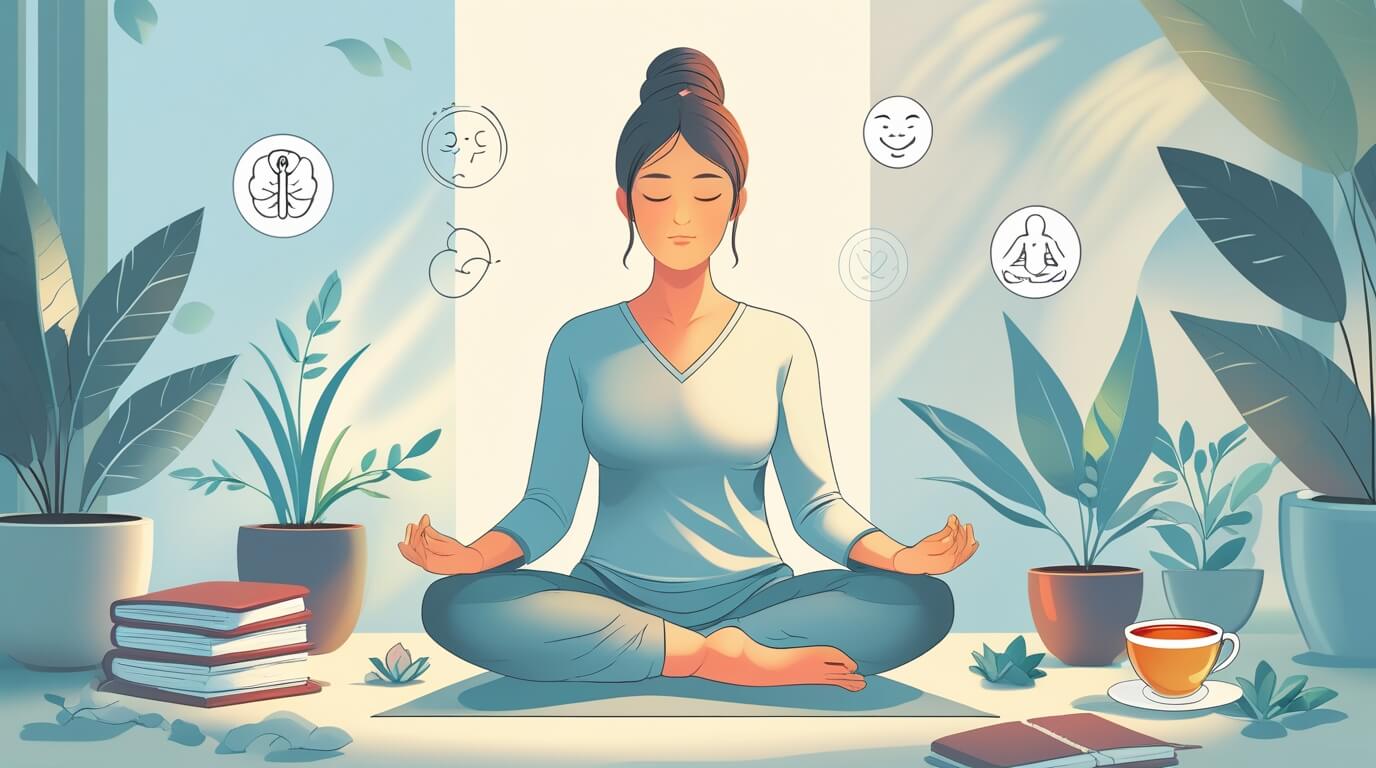August 20, 2025

Mental health is a cornerstone of our overall well-being, affecting how we think, feel, act, and relate to others. Yet, it’s often stigmatized or misunderstood—leading many to suffer in silence. Conditions such as anxiety, depression, bipolar disorder, and PTSD impact millions globally, cutting across age, gender, culture, and socioeconomic background.
Understanding these conditions is the first step in reducing stigma, supporting ourselves and others, and creating communities grounded in compassion, awareness, and resilience. Equally important is learning effective stress management techniques, which are essential for maintaining balance in an increasingly fast-paced world.
Anxiety disorders are more than occasional worry or nervousness. They are chronic and can interfere significantly with daily functioning, relationships, and quality of life.
For further reading: Understanding Mental Health & Breaking the Stigma
Depression is a medical condition, not simply a period of sadness or grief. It deeply impacts the ability to function, work, and enjoy life. It can be triggered by specific events—or arise seemingly without cause.
Bipolar disorder involves dramatic shifts in mood, ranging from emotional highs (mania or hypomania) to debilitating lows (depression).
PTSD develops after experiencing or witnessing a traumatic event—combat, abuse, assault, accidents, or natural disasters.
OCD is marked by unwanted, recurring thoughts (obsessions) and repetitive behaviors (compulsions) aimed at reducing anxiety.
Stress is an unavoidable part of life—but how we manage it determines its effect on our health. Chronic stress can lead to anxiety, depression, insomnia, high blood pressure, and even immune dysfunction. The good news? You can build a toolkit of healthy strategies to manage it.
Mindfulness is the practice of being fully present in the moment without judgment. Meditation, especially guided or breath-based, trains the brain to let go of spiraling thoughts and return to the present.
Try apps like Headspace, Insight Timer, or Calm to get started.
Exercise is a natural antidepressant. It boosts endorphins, reduces stress hormones, and improves brain function.
Even a 20-minute walk can reset your mood and energy.
Overcommitting or people-pleasing can lead to burnout. Learning to say "no" is a powerful act of self-care.
Art, music, journaling, and crafts help process emotions and reduce tension. Expressive activities engage the brain in a way that fosters healing.
There is no shame in getting help. A mental health professional can provide personalized tools and diagnoses that self-help alone can’t always address.
Online counseling platforms like BetterHelp and Talkspace offer affordable, remote therapy sessions.
Mental health affects every part of life—your relationships, work, physical health, and sense of purpose. Recognizing the signs of common conditions and using practical coping strategies doesn’t just help individuals—it builds stronger, more empathetic communities.
When we treat mental health with the same seriousness as physical health, we move toward a world where healing, understanding, and support are accessible to all.
Mental health challenges can affect anyone. What matters most is how we respond—with education, compassion, and action. Whether you're seeking help for yourself or trying to support a loved one, remember: you are not alone, and help is always available.
Stay up to date with the latest tips, expert insights, product reviews, and step-by-step guides to help you grow, create, and succeed—no matter your industry or passion.